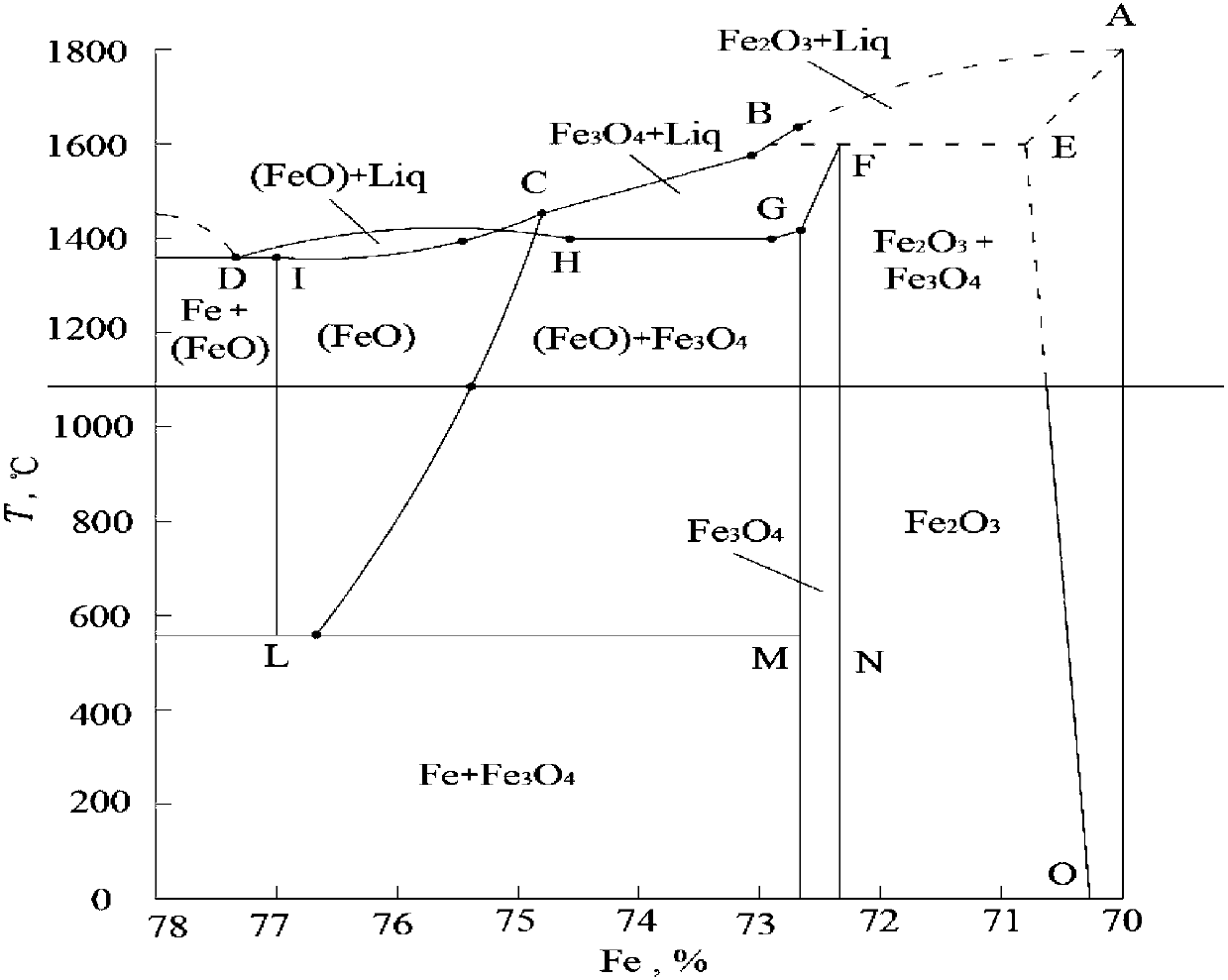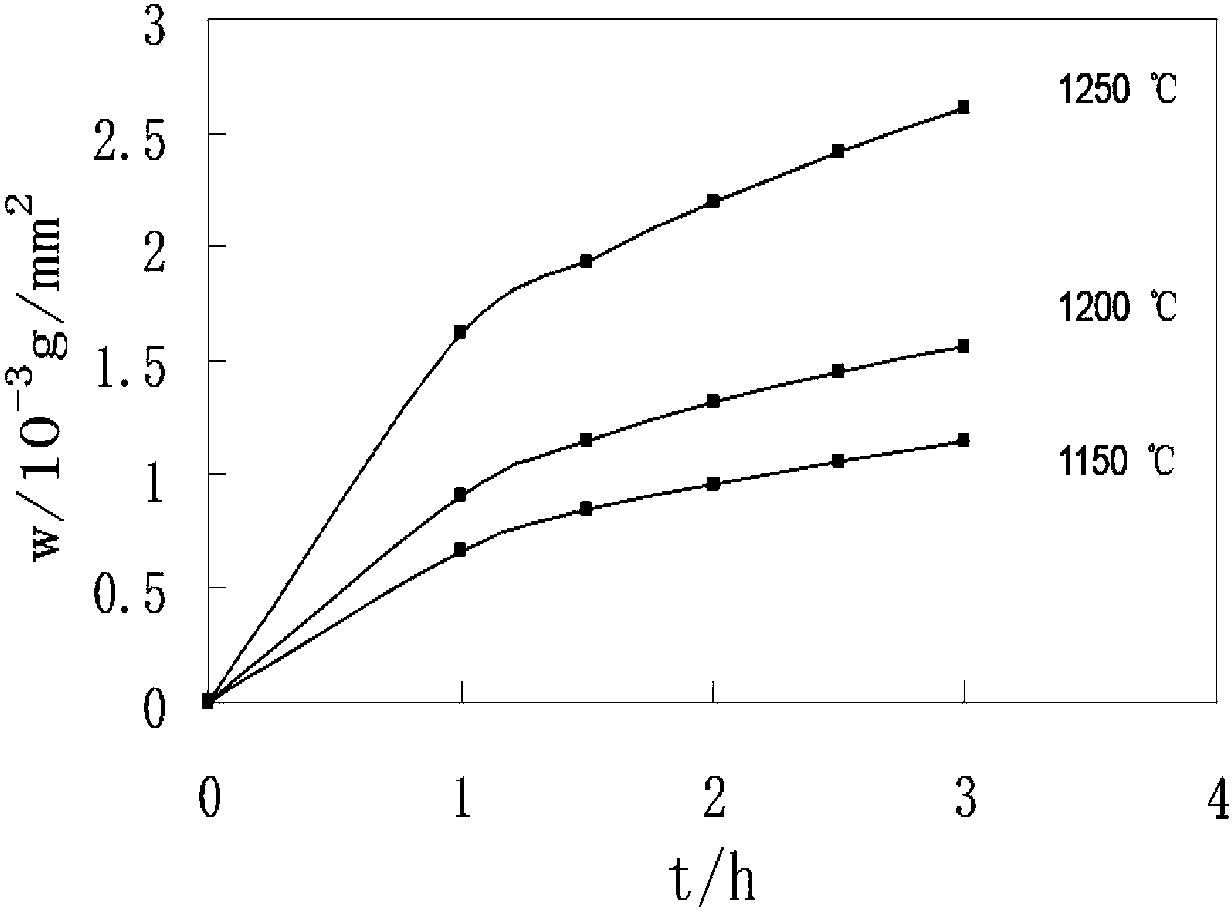Method for reducing thickness of oxide scale on surface of hot-rolled steel sheet
A technology for surface oxidation and hot-rolling of steel sheets, applied in metal rolling, temperature control, metal rolling, etc., can solve the problem of reducing the heating temperature or holding time of the slab, affecting the uniformity of the structure in the cooling process, and unfavorable alloying elements uniformity, etc. To solve the problem, to achieve the effect of reducing the amount of acid used for pickling, reducing the time of pickling, and convenient operation
- Summary
- Abstract
- Description
- Claims
- Application Information
AI Technical Summary
Problems solved by technology
Method used
Image
Examples
Embodiment 1
[0045] The roughing mill is a four-roller reversible roughing unit with vertical rollers. Its maximum rolling pressure is 5000t, and the capacity of the main drive motor is 2×7500kW. Width 1562mm.
[0046] First, the continuous casting slab is dephosphorized with vertical rolls; then rough rolling is carried out, the rough rolling pass is set to 8 passes, the reduction of each pass is controlled to be 25.11mm, and the rough rolling total deformation is 84.6%. Embodiment Table 1 shows the rolling data of the continuous casting slab of 1 in each pass.
[0047] Another example of rolling with the conventional rough rolling method is set as the comparative example 1 of embodiment 1, at first the continuous casting slab is dephosphorized with vertical rolls; Considering the biting ability and thickness fluctuation in the first and second passes, the reduction amount is slightly smaller, and the reduction amount in the third pass is the largest, and then the reduction amount of eac...
Embodiment 2
[0054] The rough rolling mill is a four-high reversing mill with a maximum rolling pressure of 58854kN, a maximum rolling torque of 5493kJ, and a main drive motor with a capacity of 2×4600kW; 2600mm.
[0055] First, the continuous casting slab is subjected to conventional dephosphorization; then rough rolling is carried out, and the rough rolling pass is set to 7 passes. The reductions are all 20.00mm, and the total rough rolling deformation is 70%.
[0056] In addition, an example of rolling with conventional rough rolling method is set as the comparative example 2 of embodiment 2. At first, the conventional dephosphorization of the continuous casting slab is carried out; Biting ability and thickness fluctuate, the amount of reduction is slightly smaller, and the amount of reduction in the second pass is the largest, and then the reduction amount of each pass is controlled to decrease from pass to pass, and the total deformation of rough rolling is guaranteed to be 70%. The...
Embodiment 3
[0063] The roughing mill is a semi-continuous roughing mill consisting of a two-high irreversible rolling mill and a four-high reversing rolling mill. The diameter of the working rolls of the two-high mill is 1200-1350mm, the maximum rolling pressure is 3000t, the capacity of the main drive motor is 2×5000kW; the diameter of the working rolls of the four-roll mill is 1100-1200mm, the maximum rolling pressure is 4500t, the main drive motor The capacity is 2×7500kW; the thickness of the continuous casting billet is 240mm, the width is 1400mm, the length is 11900mm, the thickness of the intermediate billet is 38mm, and the width is 1289mm. The total rough rolling deformation is 84.3%.
[0064] First, the continuous casting slab is subjected to conventional dephosphorization; then rough rolling is carried out, and the rough rolling pass is set to 6 passes, of which, the two-roll rolling mill is rolled for one pass, and the four-roll mill is rolled for five passes. The reduction i...
PUM
| Property | Measurement | Unit |
|---|---|---|
| thickness | aaaaa | aaaaa |
| thickness | aaaaa | aaaaa |
| thickness | aaaaa | aaaaa |
Abstract
Description
Claims
Application Information
 Login to View More
Login to View More - R&D
- Intellectual Property
- Life Sciences
- Materials
- Tech Scout
- Unparalleled Data Quality
- Higher Quality Content
- 60% Fewer Hallucinations
Browse by: Latest US Patents, China's latest patents, Technical Efficacy Thesaurus, Application Domain, Technology Topic, Popular Technical Reports.
© 2025 PatSnap. All rights reserved.Legal|Privacy policy|Modern Slavery Act Transparency Statement|Sitemap|About US| Contact US: help@patsnap.com



